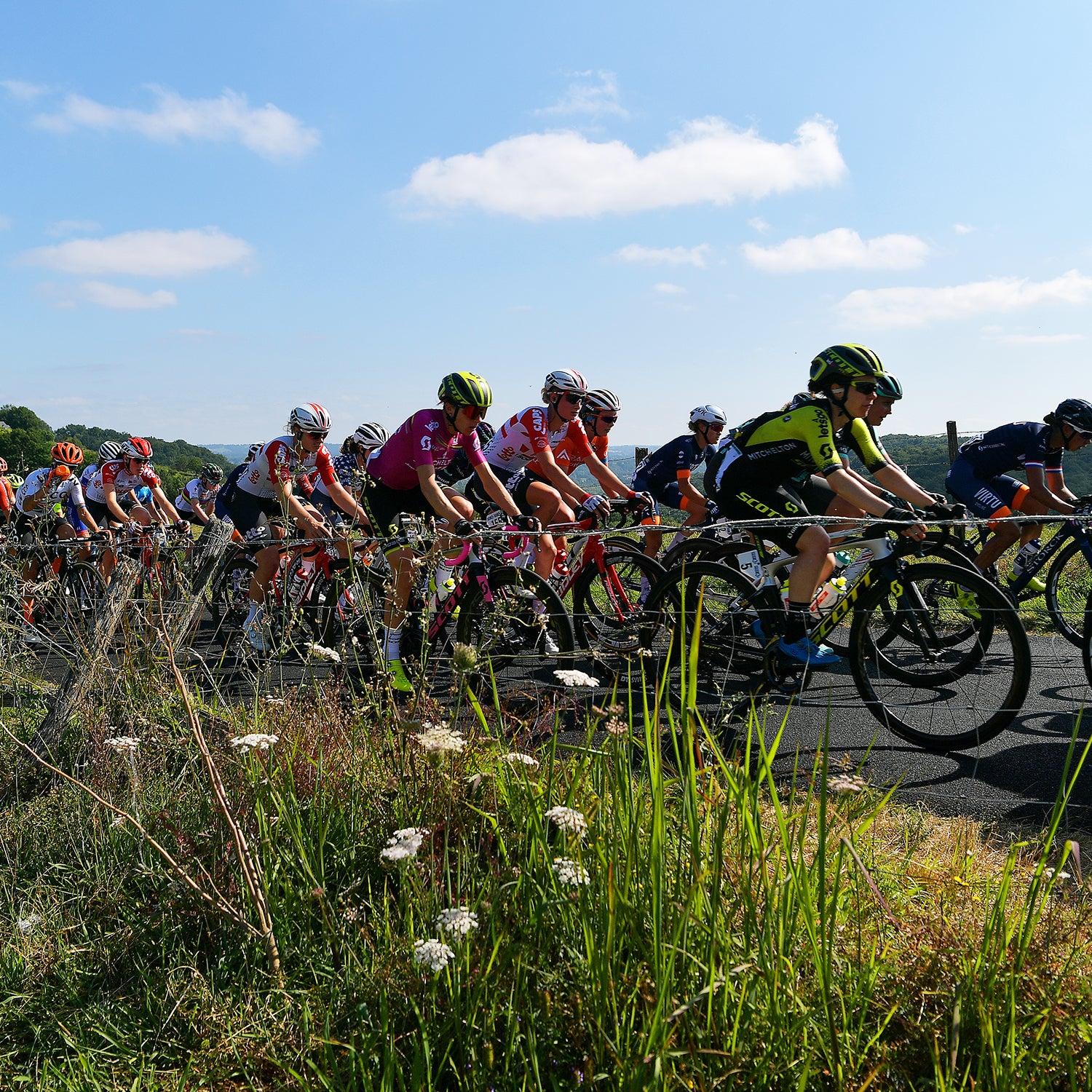Amid the coronavirus pandemic, the summer’s most prestigious sporting events are going the way of luxury cruises and restaurant reservations. Wimbledon? Canceled. The 2020 Olympic Games? Postponed. The Loch Lomond Highland Games? Yep, that’s canceled too.
Yet as of now, one of the most storied athletic contests on earth is still on the schedule: the Tour de France. Don’t believe me? Go check , where incredibly the countdown clock is still ticking away the seconds until the start of Stage 1 on June 27.
Of course, it’s highly unlikely the Tour will actually start on that date, and the is that the organizers (that’s the Amaury Sports Organization, or ASO) are eyeballing a delayed start at the end of July. Still, even if the coronavirus should miraculously disappear tomorrow and life everywhere returns to normal, I maintain that ASO should take this opportunity to cancel the race altogether. Why? Because this is its chance to completely overhaul a race that’s badly in need of updating, and to come back in 2021 with something that will completely blow everyone’s mind: a gender-equal Tour de France. And I know exactly how to do it.
Over the years there have been various half-assed attempts to create a lasting presence for women at the Tour, which is precisely why they all ultimately fizzled out. The entire point of the Tour is its monumental difficulty. First conceived as a publicity stunt to sell newspapers, no rider should have finished the inaugural Tour in 1903; instead, it has endured for almost 120 years. Sure, rider behavior has certainly been less than scrupulous in the race’s history, but ultimately this contest remains a testament to the indomitability of the human spirit. This is its allure. This is also why all those scaled-down, peripheral women’s versions have come and gone: anything less than the whole enchilada (or le croissant entier) is intrinsically doomed to failure.
So how do you fit two full-blown, three-week Grand Tours, one for men and one for women, inside a single French summer? Well, that’s easy: you run them at the same time, but on different courses. This is the key to the whole thing, and here’s how it works.
The Courses
The starts in Nice (that’s in the south of France) and then zigzags its way up the pentagon until it finishes, as always, in Paris. Formidable! There’s your men’s course. Done, and done.
The next step is to lay out a course for the women. If the men are starting down south, simply have the women start up north. Then, while the men are working their way northward, the women should be working their way southward, finally meeting in Paris. Consider the as an example, in which the riders started in Brussels, Belgium and then headed south before undertaking a lengthy transfer to Paris after the penultimate stage for the finale. Such a route could serve as a template, as could plenty of others. (I mean come on, they’ve been running this thing since 1903.) Finally, run two back-to-back stages in Paris on the final day, and then crown dual maillots jaunes in the most epic podium ceremony the sport of cycling has ever seen.
If you’re still confused, imagine France is your apartment, and you and your partner are painting it together. You start in the living room, they start in the bedroom. Then you both paint your way through the apartment and finish up in the kitchen, where you have a paint fight and then celebrate with pizza and beer.
The Broadcast
Part of what makes the Tour so dramatic is the diversity of the stages: bunch sprints, mountaintop finishes, time trials! Each stage is a puzzle piece, and assembling them into an overall victory is equal parts luck, strategy, strength, and teamwork. At the same time, if we’re to be totally honest, this same diversity is what can make large portions of the race so mindnumbingly boring For every sprint you find yourself rewinding 13 times, or HC climb that has you teetering on the edge of your La-Z-Boy, there are hours and hours of transitional stages during which some rider you never heard of goes off on a doomed breakaway and you fall promptly to sleep.
But with concurrent men’s and women’s races you can reduce the boredom factor exponentially. There are always unpredictable moments of drama in the race, but for the most part we know which stages will be decisive and which will be dull. With this in mind, planning the broadcast for each stage is a simple matter of flip-flopping between them. What if, while the men were pedaling lazily along before a backdrop of castle porn and corny roadside art installations, you could switch it over to the women’s race, where they’re storming up the Mont Ventoux? Or what if you could watch the women’s team time trial in the morning, and then follow that up with an explosive mens’ sprint stage in the afternoon? After the first week of a gender-equal Tour de France you’d be wondering why they haven’t been doing this all along, and you’d realize that every race before this has been like listening to with one speaker disconnected.
Also, don’t forget the Tour de France generally includes two rest days. If you stagger those, that creates four days where full focus is on either the men’s or the women’s race. If that’s not enough, add one more rest day to each race and you’ve got six days of exclusive coverage, three for each field.
The Publicity
It’s safe to say the broadcasting rights for the Tour de France are worth a shitload. around the world follow the race on TV and across various digital platforms that license content from ASO. Then there’s the coverage from the cycling press, and the sporting press, and the mainstream press, and the bloggers, and the social media butterflies. A gender-equal Tour de France would create an explosion of content and a massive bumper crop of publicity for a sport that is in a even when we’re not in the grip of a pandemic. It would also mint more stars, attract more sponsors to the sport, and invariably compel other race organizers to follow suit. By next year you could have the option of watching full coverage of the men’s race, or full coverage of the women’s race, or integrated coverage that moves between both. You could also get your daughter interested, and you can’t put a dollar value on that.
National Pride
The Tour is deeply woven into the French identity, and is a tremendous source of national pride. So imagine the exuberance when the race comes back in 2021 and it’s twice as strong! Instead of running the 2020 Tour with (come on, how depressing is that?), start planning now for an event that will draw millions of people to host towns across the country and lift both spirits and the economy all over France. Why not bid a va te faire foutre to the coronavirus, while moving cycling into the future?
You’re welcome, ASO. If you need help with the details, you know where to find me.
Update (April 14, 2020): Tour de France organizers have announced that the 2020 edition of the race will be postponed. New dates have not been set.


